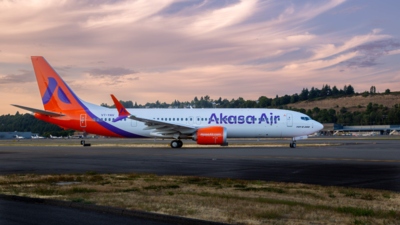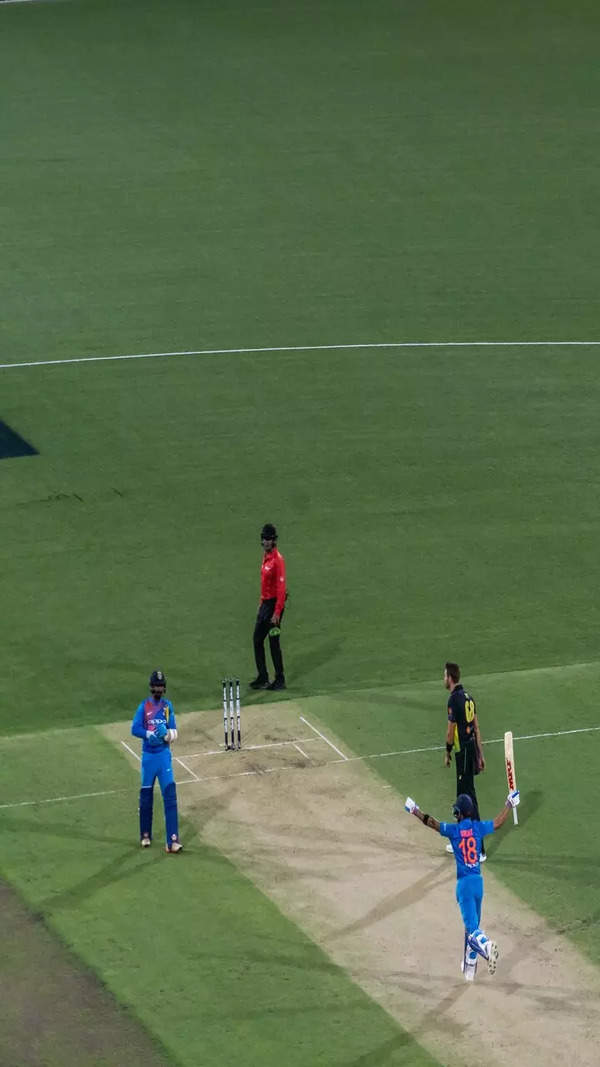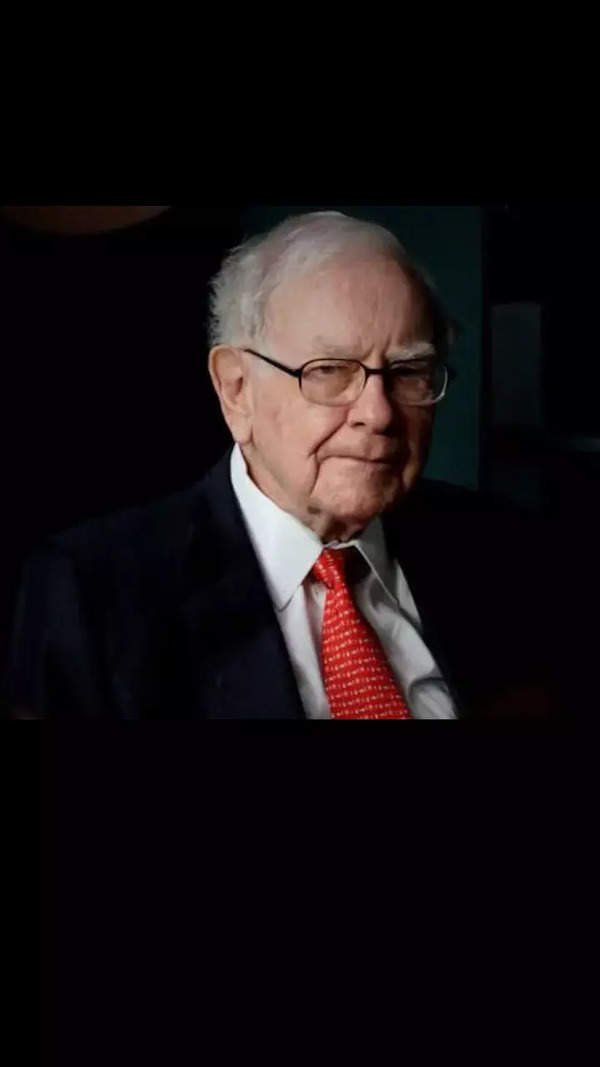- News
- Business News
- India Business News
- No DGCA CAT II/III exemption: Akasa late night to early morning flights at Kolkata & Bengaluru face uncertainty this winter
Trending
No DGCA CAT II/III exemption: Akasa late night to early morning flights at Kolkata & Bengaluru face uncertainty this winter

Facing a shortage of pilots trained to land land in dense fog, the airline had requested the regulator for exemption for these two places so that it can have all its low visibility trained crew on north India flights.
While seeking exemption, Akasa had warned that if it did not get the same there will be “significant disruptions” in operations at both these busy airports that will “severely impact (its) network and cause inconvenience travelling public.” At Bengaluru alone the airline estimates about 10-12 flights scheduled to land after 9 pm will be affected “due to the inability to land under CAT I conditions.” It had said that the “cascading effect of these disruptions will extend beyond just the immediate delays at Bengaluru and Kolkata”. The reason: “Aircraft that are unable to land as per schedule will cause ripple delays across the network, impacting subsequent departures, crew schedules, airport slot performance, and ultimately causing a cascading effect on passengers.”
People in the know said: “In response to that request, the DGCA has reiterated its last month’s decision of asking airlines to deploy CAT II/III trained pilots at airports with that instrument landing system — Delhi, Jaipur, Lucknow, Amritsar, Bengaluru and Kolkata for flights between 9 pm and 10 am. The regulator did not give Akasa exemption for Bengaluru and Kolkata.”
Aviation authorities are learnt to be unhappy at the situation. “Akasa has now been flying for over 28 months. The airline was told it has to comply with low visibility operation rules. Seeking exemption and saying people will be inconvenienced is irresponsible on part of the airline. The systems for pilot training have to improve,” said sources.
Captains can be trained for CAT III only when they have flown for 500 hours as pilot-in-command on the type of aircraft, Boeing 737 MAX in Akasa’s case. Akasa, as its request for exemption indicates, does not have the required number of pilots having this experience on the type to undergo CAT II/III training and be sufficient for operations at all the six airports during fog hours.
“A new airline can have this kind of issue. But when you are in your third year of operations; having over 840 pilots and with DGCA having given approval for CAT III training last year, this situation should not have arisen,” said sources.
End of Article
FOLLOW US ON SOCIAL MEDIA















